According to the latest statistics, there are millions of blog posts published every single day.
It’s 7 a.m., and this live counter already shows over 1.5 million posts created today.
In today’s fast-paced marketing world, posting subpar content isn’t good enough.
You can’t expect to grow your business through content marketing if you’re posting mediocre content.
It just won’t happen. Not when millions of posts are published every day.
Not when thousands of other bloggers are spending hours upon hours writing each post.
In fact, according to Orbit Media’s latest report, it would take the average blogger nine hours and 45 minutes to write a 3,000-word blog post.
If you publish a few posts a week, blogging becomes a full-time job.
And I’m guessing it’s not the only thing you have on your to-do list.
But blogging is critical to online marketing.
On average, buyers tend to read between three and five pieces of content before engaging with a sales rep or starting the buying process.
So, if you’re hoping to generate more sales, you need to be producing more content.
Blogging is crucial for bringing in cheaper inbound leads at a higher rate.
It’s no secret that blogging can have a huge impact on business.
Back when I only blogged a few times each month, my inbound traffic wasn’t great.
Now I blog multiple times every day, and my traffic has never been better.
Thankfully, there are a few proven ways to stand out amongst the crowd of blog posts.
Here are three blogging trends to get a jump on before 2018.
1. Have a documented strategy
Just like any other business process you have, it helps to have a written strategy in order to speed things up and produce good results every time.
The whole point of developing processes and company documents is to have a smooth-running business, right?
Just look at your company mission statement or any internal documents you might have on how to do things like outreach, social posts, and emails.
Chances are you have documented processes or ways to complete tasks in an efficient, standardized way.
But only 37 percent of B2B marketers have a documented content strategy.
So why would you not have a documented process when HubSpot data tells us that marketers who prioritize blogging are 13 times more likely to see a positive return on investment?
If you’re not following a documented strategy, you’re likely missing the mark. Sporadic, unpredictable posting can confuse your readers and convince them never to return.
You must hit certain benchmarks if you want to succeed at blogging.
And that current mark is over 16 blog posts every single month.
That means that, if you don’t currently have a documented strategy, you’re probably not hitting 16 or more blog posts every single month.
And if traffic, leads, and sales are your goal — as they should be — you need to be hitting that number.
Both B2B and B2C companies can benefit from blogging many times each month.
On top of that, it’s not only traffic that you can expect from blogging.
You can also generate a dramatic increase in leads, depending upon how often you blog.
So, if you find yourself posting one to four times per month, or even between five and 10 times, you aren’t doing enough.
You need to nail down a documented strategy that will guarantee you 16 or more posts each month.
If you don’t, you’re missing out on potentially increasing your leads by four times, according to the graph above.
So, what’s the first step?
First, generate topic ideas.
To get started with a documented blogging strategy, you need to plan topic ideas.
I do this every single month to prepare for the month’s content schedule.
If I’m feeling light on ideas, I simply fire up HubSpot’s Blog Ideas Generator.
If I can’t think of new angles or topics, I type my target keywords into the “Noun 1” column and hit “Give Me Blog Ideas!”
For example, next month I want to write about link building.
So I get blog ideas for it:
Pretty cool, right? Now I have a few good topics to cover and ways to create an angle that is both interesting and worthwhile to read.
And the generator did all the work for me.
Don’t like the ideas? Simply hit “Try Again” and it will produce five more topics.
After you’ve built up a list of 16 or more topics for the upcoming month, it’s time to plan them.
Schedule each post.
Open your Google Calendar and start to add the topics.
Space them evenly throughout the month or try to get several done one day per week.
The goal here, again, is to create a documented process.
You want to put concrete dates on each and every blog post, making sure it gets done.
If you don’t schedule a date for each one, they won’t get done. Trust me.
Before I started a documented content process and mapped out every post on my calendar, I could never get 16 or more done in a month.
I would get bogged down by emails, client calls, and grunt work.
But a process points to prioritization.
If it’s a priority, you will focus on it more.
So now I use this simple documentation process to write more than two posts every day, and as a result, it gets done.
2. Long-form content is key
Simply documenting your posts and writing a quick 1,000 words isn’t enough, though.
You can’t afford to be pumping out content that you aren’t proud of.
Chances are, if you’re not happy with your content, prospective leads won’t be, either.
This year, 47 percent of B2B content marketers said that a contributing factor to their decreased success was related to content creation.
It’s no wonder that many content creators and bloggers are struggling to keep people engaged.
It’s hard to keep them reading and also keep them from bouncing.
And the content length is a big factor.
Most bloggers are writing posts with an average length of just over 1,000 words.
And 1,000 words is nowhere near long enough to structure an actionable blog post:
- Intro
- Why this topic is important
- Explain tip #1
- Discuss how to implement it
- Repeat for multiple tips
You simply can’t fit actionable data and how-tos into 1,000 words.
That’s why all my blog posts are over 2,500 words, and my long-form guides reach 30,000 words.
The data agrees, too.
Longer, more in-depth blog posts generate nine times as many leads as shorter posts.
Just take a look at the top-ranking content in Google according to a Backlinko study.
Even the 10th-ranked position has a word count over 1,700. That means you can’t afford to be writing 1,000-word blog posts anymore.
It just won’t drive traffic and leads like a long-form piece will.
So how do you start to create and integrate more long-form content?
Start by condensing posts.
“Wait, Neil. Didn’t you just say to make them longer?”
Here’s what I mean by that.
Let’s say you wrote four posts about link building over the past six months. Each post covered a different tactic or approach to link building.
Simply take those four posts and combine them into a single, listicle-style post.
Condense them to make them longer.
I repurpose content all the time on QuickSprout.
Pro tip: Make sure to refresh old content with new data and tips rather than simply copying and pasting.
Now you’ve got a piece of content that’s likely over 2,000 words in length without doing any extra work.
Next, add step-by-step instructions.
Take a moment to ask yourself:
“Why are people clicking on my blog post?”
Your answer will likely be something like:
“To understand new tactics or ways to improve __.”
So the next logical step would be explaining how to do something, not just that something exists.
People are coming to your blog to fix a problem they have, so show them how to fix it.
Don’t just tell them that building backlinks is a good SEO tip without showing them how to build those backlinks.
I do this all the time in my blog posts.
Add actionable step-by-step instructions by walking people through the use of a technology or process.
You can structure it like this:
- First, do X.
- Then, click X.
- Click X and then X.
- Finally, do X, and you’re ready to go.
The goal here is to show every step in the process so that anyone can easily replicate it.
3. Integrate video
It’s no secret that online video consumption has exploded.
YouTube now has 1.5-billion users who log in every month to watch content.
And guess how much content they consume on average every time?
Over one hour every single day.
That’s a lot of video watching, and it should make marketers sit up and take notice.
According to HubSpot’s 2017 State of Inbound report, tons of marketers are starting to take advantage of the platform (and video in general):
So, how does this relate to blogging?
Well, adding video content to your blog is one of the best ways to get better results.
And I’ve started to implement that strategy on my content, too.
I built my YouTube channel to drive more traffic to my blog.
I also use videos in every single post to drive more engagement and keep people around longer.
It’s become a go-to strategy of mine and it has helped drive sales 49 percent faster.
So, how can you do this for your blog?
Let’s jump in. Here’s how to start creating videos.
Step 1. Find popular existing content.
The first step is to find your most popular blog content.
What content has gone viral? What content got the most shares, traffic, and comments?
The goal here is to find content that has already resonated with people.
To get started, open Google Analytics and navigate to “All Pages” under the “Behavior” section.
Next, sort the report by a specified date range. I recommend looking at the last 12 months of your data.
This way, you’ll have an accurate depiction of your most popular content.
Then, scroll down and look at your most popular pages.
You can look at the Pageviews and Unique Pageviews to see which content has driven the most traffic.
Now, simply go to those blogs posts and proceed to the next step.
Step 2. Examine subheads to structure your video.
Here’s how I structure my videos.
Notice how they’re in the form of actionable steps?
To outline your videos like this, look at your most popular content (which you identified in the first step) and examine the subheads.
For example, I can scan my recent post about increasing CTR on AdWords and start to identify tips for a potential video.
Perfect, that’s my first tip.
Keep scanning and identifying steps that would be easy to explain in a video.
Then, simply take those tips and use them as an outline for your new video.
Once you’ve got your video content ready, it’s time to create it.
Step 3. Create the video
Not everyone wants to put themselves on camera like I do.
And that’s fine. You don’t have to create videos featuring yourself if you don’t want to, or if you simply don’t have the equipment to do so.
Instead, you can create animated videos or slideshow-style videos that will still increase engagement.
For example, you can browse a site like Fiverr. Simply conduct a search on Fiverr for something like “explainer video.”
This should turn up hundreds of results for low-cost options.
You can get amazing videos for your top-performing blog posts by having a contractor on Fiverr produce them.
They have tons of examples and choices for you to structure your video. It’s a great tool that will allow you to add video to your blog without spending much time or money.
If you want to create them on your own, you can use a site like Moovly or Biteable.
To get started, you can use Biteable for free.
Simply hit “Get Started” to create a free account.
You can choose from multiple video template styles.
One of my favorite templates to use is “Business Explainer.”
Click “Select” to start using the template.
Now you can start adding all the steps you gathered from the articles in the previous two steps.
Simply type your text for each video segment and save it. It will automatically update and your video will be created in a matter of minutes.
Creating videos doesn’t require a degree in production. You don’t have to be tech-savvy to make an amazing video to aid in your blog’s success.
Just use tools that allow you to streamline the process, then plug in the data you’ve collected.
Lastly, add these videos to your new blog posts where they seem appropriate.
Conclusion
Let me hit you with a few final, staggering facts.
U.S. web users spend three times more on blogs than they do reading emails. And there are 346 million blog readers worldwide.
Today, there are 31 percent more bloggers than there were just three years ago.
Blogging is here to stay, people.
And as we head into the last bit of 2017, it’s time to get on board with blogging for 2018.
We know that there are currently millions of blog posts being created and published on a daily basis.
So that means you should be focusing on two things: blogging and making sure your content stands out.
But how can you outrank the competition when there are millions of people posting content daily?
It’s tough. And it won’t happen overnight.
And it’s not as simple as quickly putting together and posting low-quality content.
Especially not when your competition is spending multiple hours writing every day.
And sometimes they are writing multiple posts every day.
Remember, according to Orbit Media’s 2016 report, it would take the average blogger nearly 10 hours to write a 3,000-word post.
But the truth is this: You need blogging to grow your business.
B2B buyers will read between three and five blog posts before making contact with a sales rep or making a purchase decision.
Once you’ve built your blog to 52 or more posts, your traffic will jump by 77 percent.
So how do you write better content and jump on the right trends that can help you surpass the competition?
First, create a documented strategy. If you want to compete in 2018’s crowded landscape, you need to document everything.
Next, start improving your blog by writing long-form content.
Long-form content is the key to success, and every study proves that the top content is long-form.
Create longer content by combining old posts and including step-by-step instructions.
Lastly, integrate video. The use of video is on the rise, and it’s proven to increase blog post engagement.
Implement some of these blogging tactics and trends for 2018 to blow past the competition.
What are your top blogging tactics and trends to jump on in 2018?


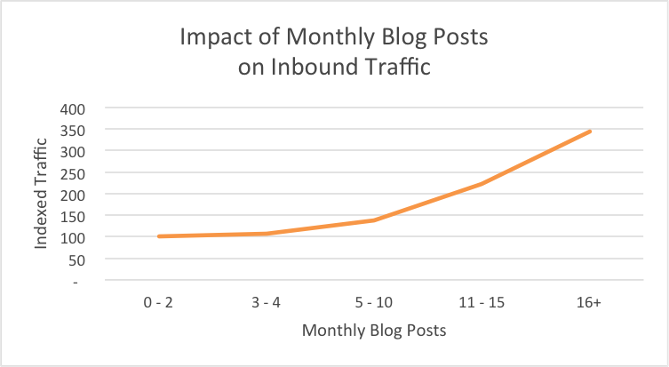
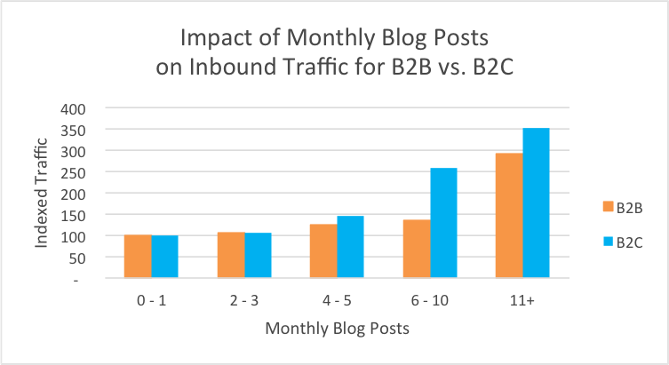
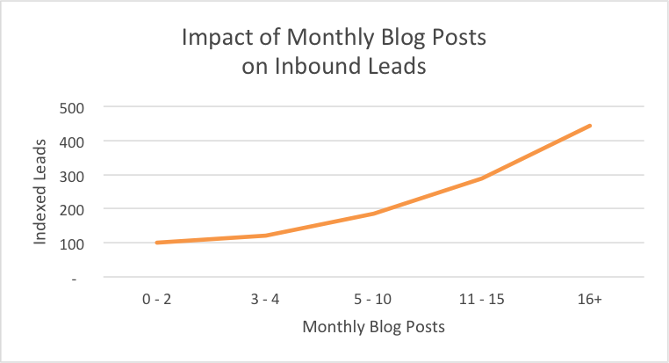

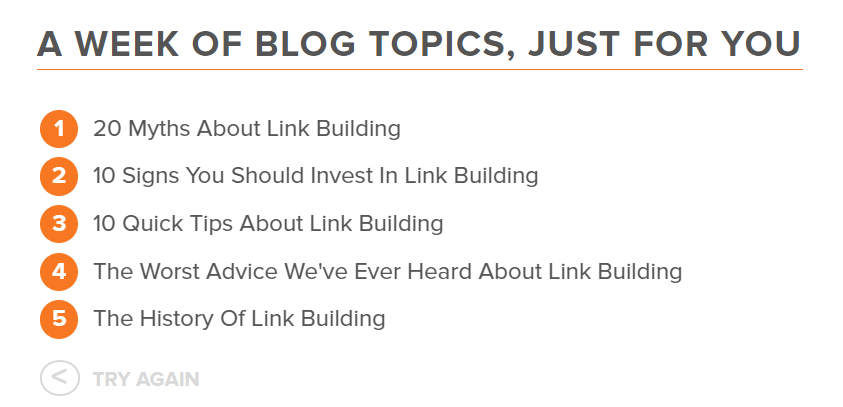


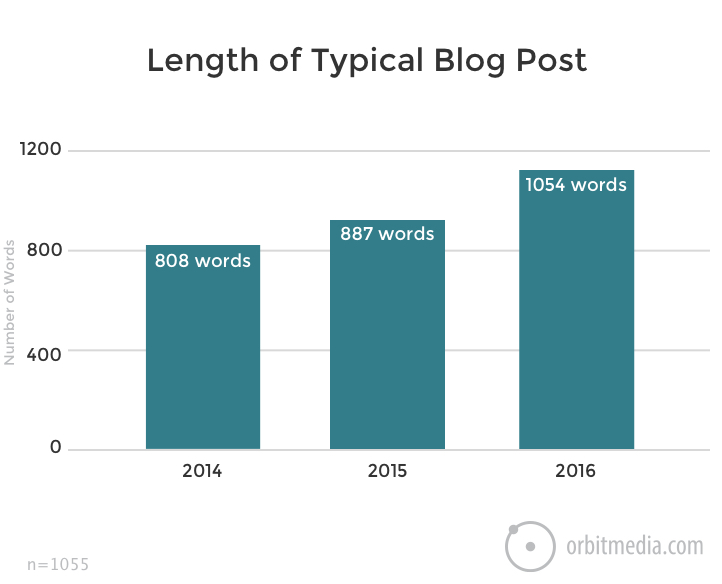
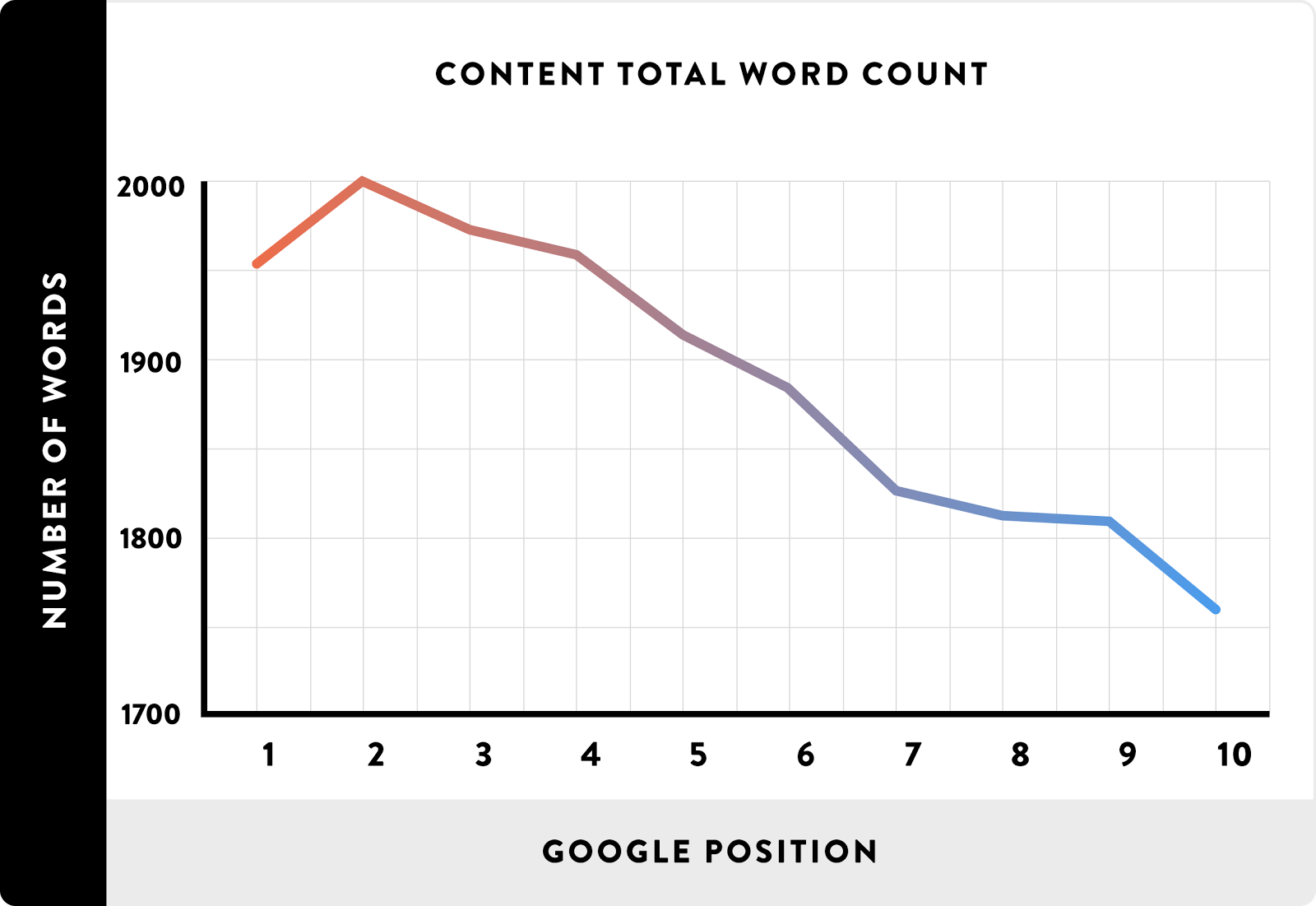

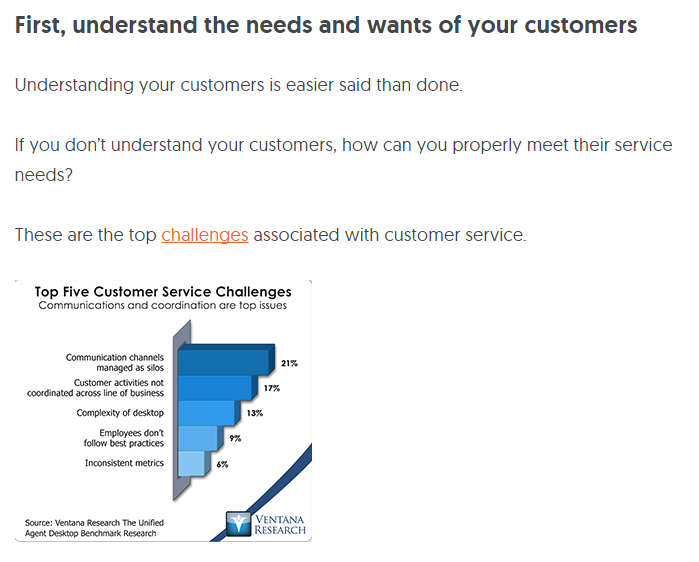
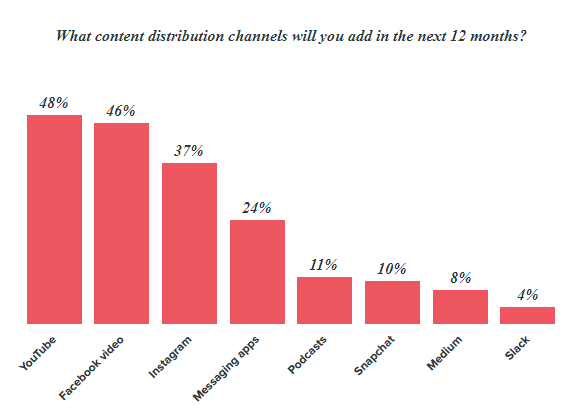
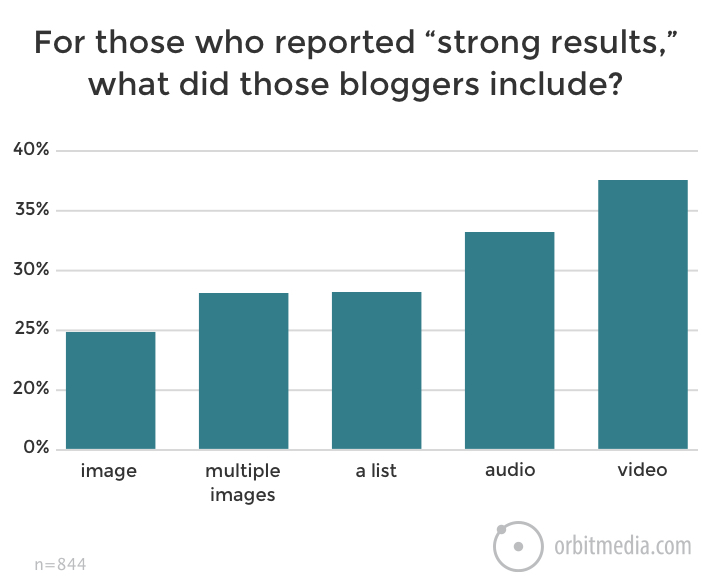
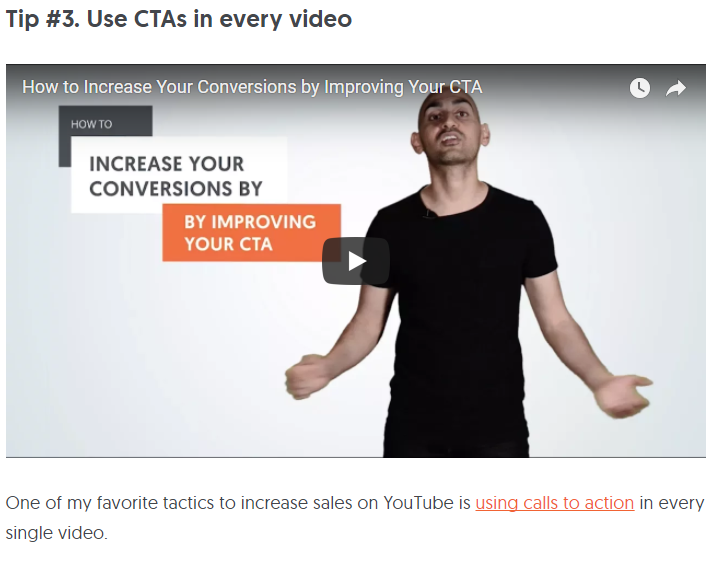
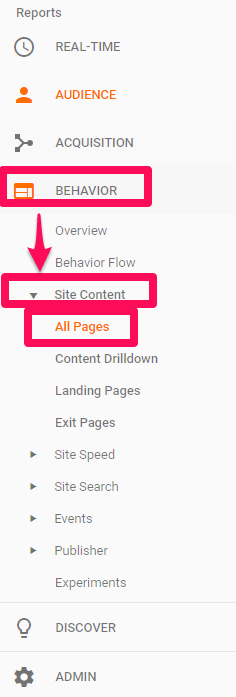

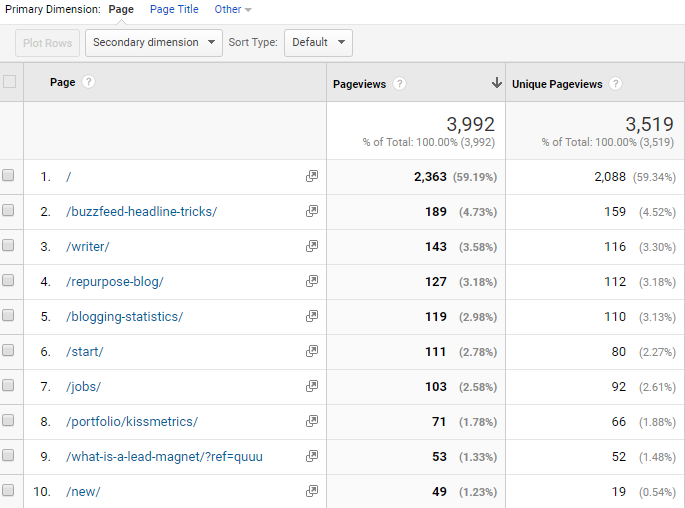
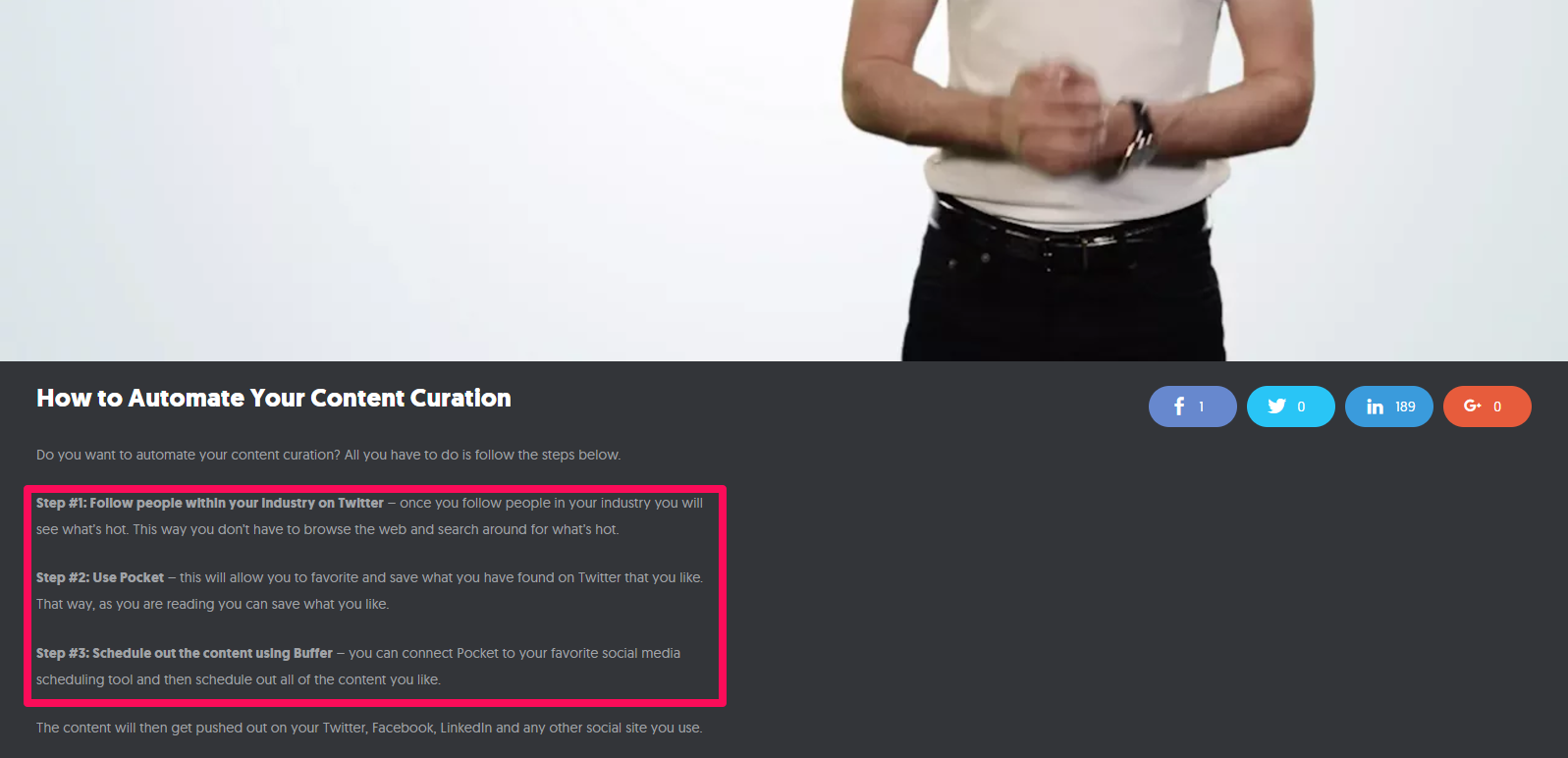








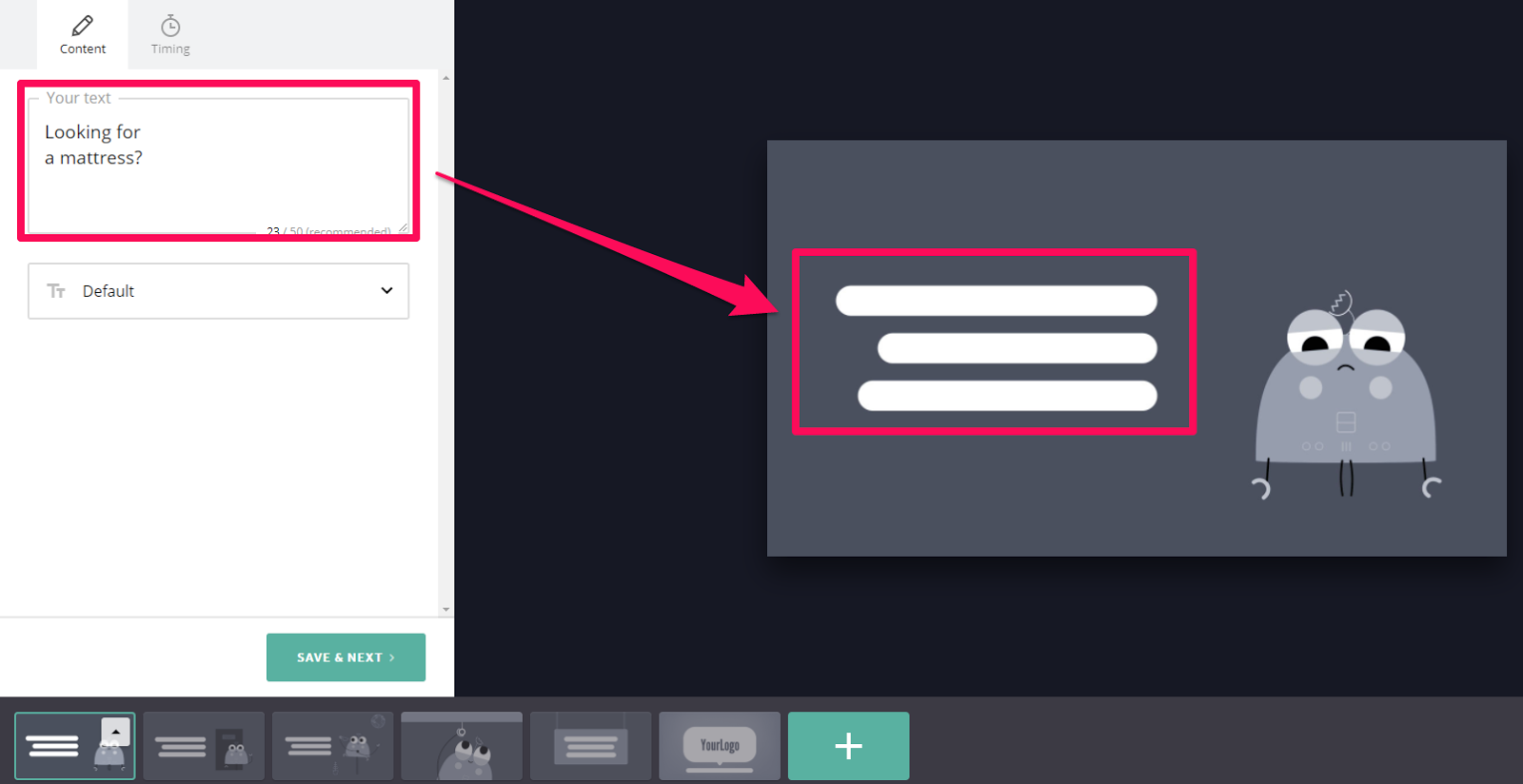
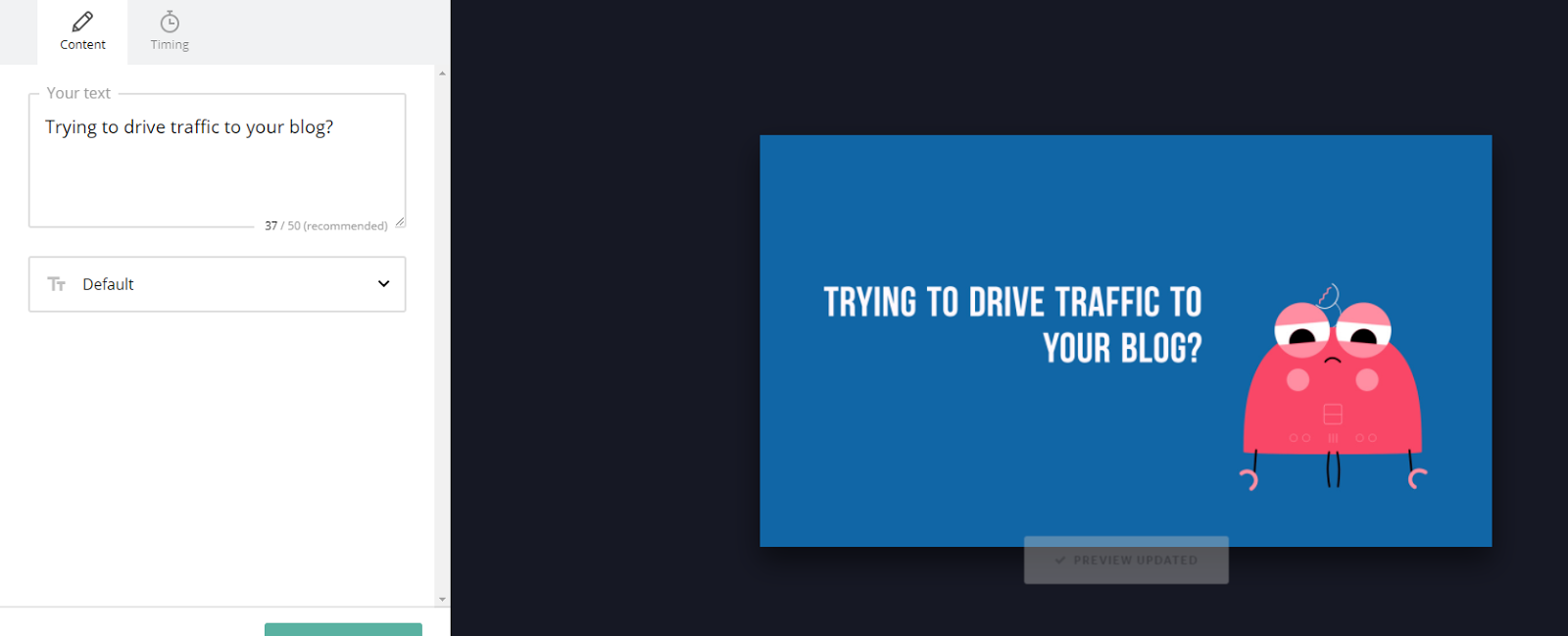
Comments (62)